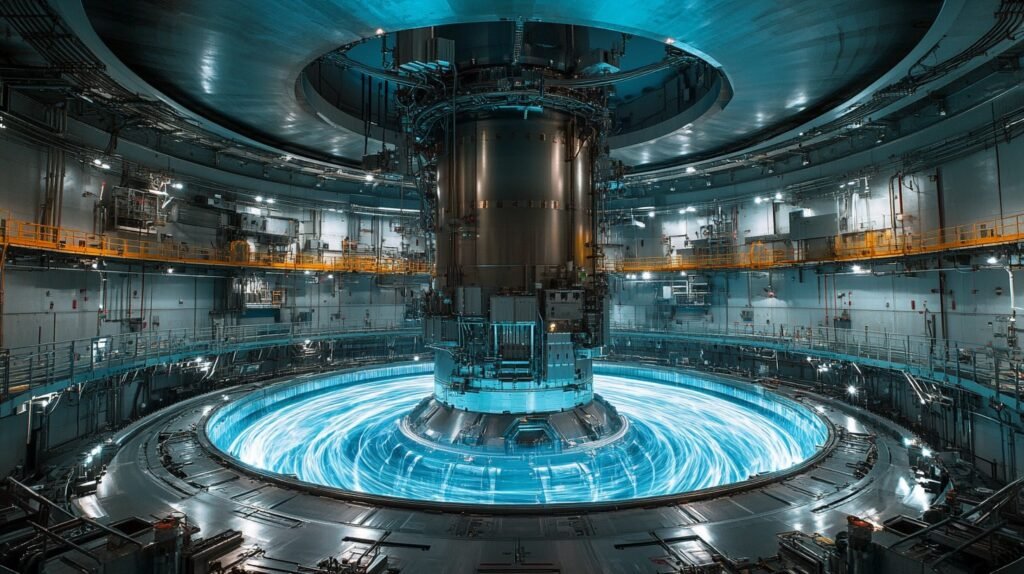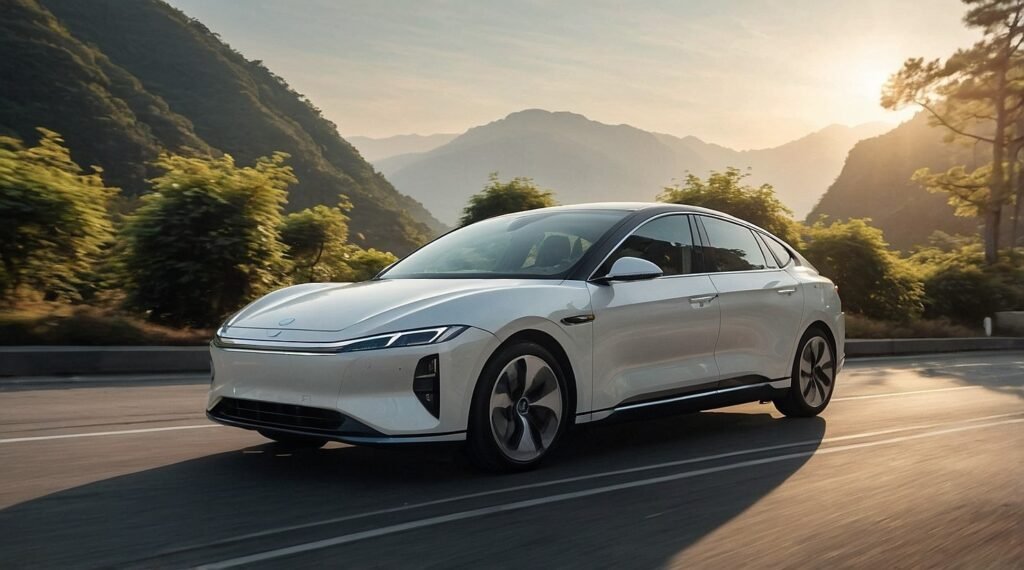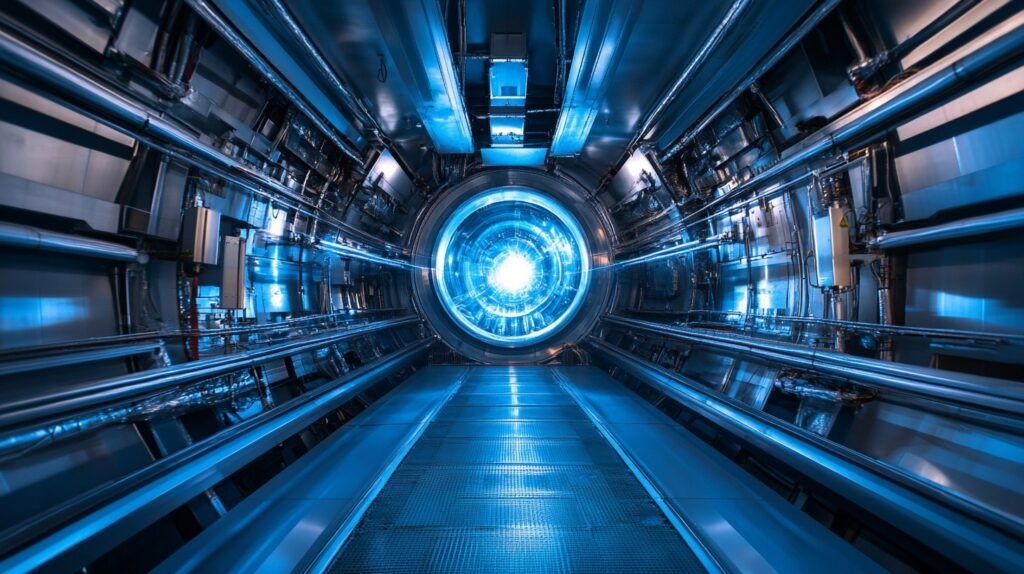|
Getting your Trinity Audio player ready...
|
The race to achieve unlimited green energy is accelerating, with recent scientific breakthroughs offering both promise and complexity. The global quest to free humanity from fossil fuel dependence is gaining momentum from advances in nuclear fusion to the unveiling of revolutionary energy engines. Yet, despite these developments, significant challenges remain, raising questions about feasibility, political will, and the potential reshaping of global energy markets.
AI Unlocks Nuclear Fusion’s Greatest Hurdle
One of the most significant strides in achieving near-unlimited clean energy has been in nuclear fusion, often considered the “holy grail” of energy production. A recent Newsweek report highlights how artificial intelligence (AI) is playing a critical role in overcoming a longstanding challenge in fusion energy—controlling plasma within a reactor. Scientists have struggled for decades to maintain the necessary conditions for a self-sustaining fusion reaction. Now, AI-driven algorithms have demonstrated the ability to predict plasma behavior and make real-time adjustments, stabilizing the reactions in ways previously thought impossible. This advancement could push fusion closer to commercial viability, potentially within our lifetime.
Superconducting Tokamak: A New Era for Fusion Reactors
At the forefront of this revolution is the use of superconducting materials in tokamak reactors. According to Popular Mechanics, researchers are refining a new generation of superconducting magnets capable of confining ultra-hot plasma with unprecedented precision. The key lies in increasing the efficiency of magnetic fields to contain the immense energy produced during fusion. As these materials improve, the dream of continuous, self-sustaining fusion power edges closer to reality. However, funding and infrastructure challenges persist, and many experts warn that political and economic interests could slow down widespread adoption.

Zimbabwe’s Bold Leap: A Revolutionary Energy Engine?
Beyond nuclear fusion, a new development in Zimbabwe has raised eyebrows. Pressenza reports that Zimbabwean scientists have unveiled what is being hailed as an “unlimited energy engine,” a breakthrough that could transform the global energy sector. While details remain scarce, the claims suggest a technology capable of producing clean energy without reliance on conventional fuels. Some experts remain skeptical, citing the need for independent verification and rigorous scientific scrutiny. If proven legitimate, this innovation could disrupt the world’s energy landscape, challenging the dominance of oil, gas, and even nuclear power.

Political and Economic Implications: Who Controls the Future of Energy?
The emergence of potentially limitless clean energy raises critical political and economic questions. Energy has long been a geopolitical weapon, with nations leveraging resources for strategic influence. A sudden shift to abundant and decentralized green energy could destabilize traditional energy markets, impact economies reliant on fossil fuels, and challenge global power structures.
Will major oil-producing nations embrace this change, or will they resist? Will corporate interests prioritize innovation, or will they stifle disruptive technologies to protect existing revenue streams? Governments, investors, and environmental advocates must navigate these complex dynamics, ensuring that scientific advancements translate into accessible and equitable energy solutions.
Challenges Ahead: Infrastructure, Funding, and Public Trust
Despite the optimism, numerous hurdles remain before unlimited clean energy becomes a reality. Fusion technology still requires significant funding and infrastructure investment, and skepticism surrounding unverified energy claims remains high. Public trust will play a crucial role in determining how quickly new energy solutions are adopted, particularly in regions where energy poverty remains a pressing issue.
A Future Worth Watching
The world stands at the precipice of an energy revolution. Whether through AI-powered nuclear fusion, superconducting tokamaks, or Zimbabwe’s mysterious energy engine, the race for unlimited green energy is heating up. The coming years will determine whether these breakthroughs can translate into real-world solutions—or if political and economic inertia will keep humanity tethered to outdated energy models.
What do you think? Could these advancements mark the beginning of a new era, or are we still decades away from true energy independence? Leave a comment below and share your thoughts. And don’t forget to check in daily—we will continue to cover this critical topic as new developments unfold.









